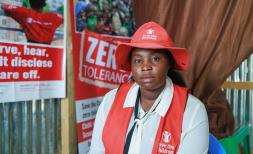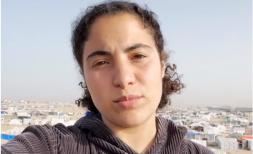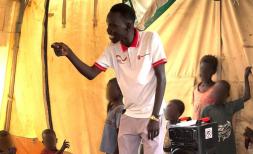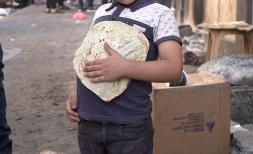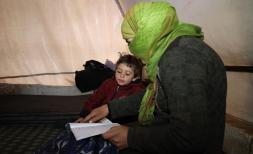A decade of war: a timeline of the Syria conflict
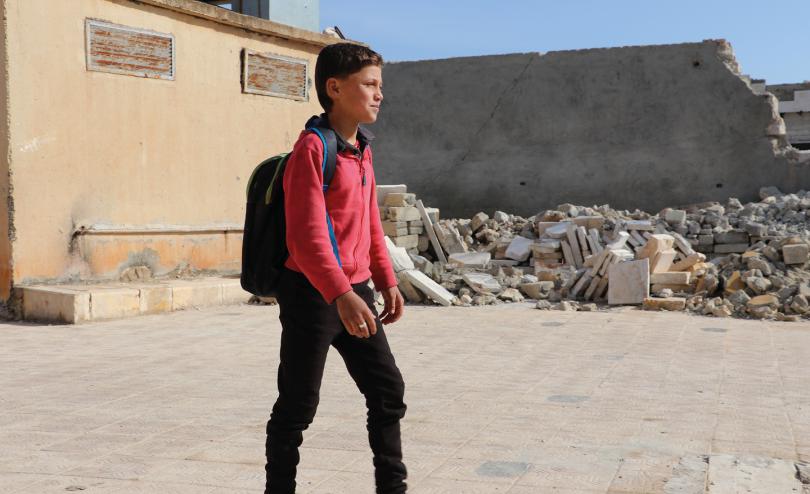
A decade of war has left the lives of Syrian children in ruins. They’ve suffered bombings, their schools have been destroyed and they have lost loved ones. COVID-19 presents an added threat children's lives and their rights. The 15th March 2021, marks ten years of the war in Syria. Here we explore how the conflict developed through the experiences of children.
2011: protests become the catalyst for a decade of conflict in Syria. As violence erupts, families begin to gradually flee the country in a bid to find safety. Children’s lives are turned upside down, whether they remain in Syria or cross its borders.
2012: fighting develops into a conflict that engulfs the entire country, with devastating consequences for children. In one massacre, 40 children are killed. 14-year-old Hassan tells us:
they walk the children in front of them to create a shield so they themselves will not be shot. They create a human shield of children.”
2013: 400 children are gassed. Chemical weapons continue to be used on civilians. As the war intensifies, food becomes scarce. Parents are run out of options to feed and protect their children.
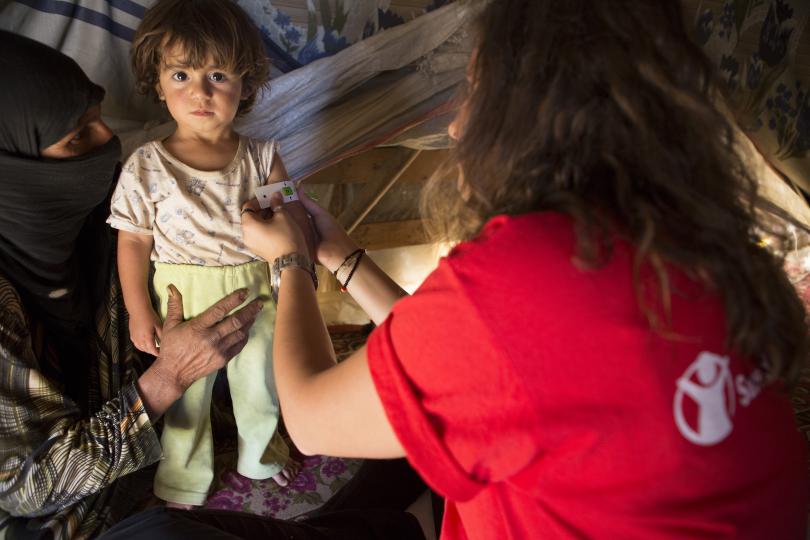
2014: the conflict becomes more complex as ISIS forms in Syria. Airstrikes against ISIS destroy communities and leave 150,000 women and children with nowhere safe to go. The numbers of displaced people, both within Syria and outside its border, continue to rise day by day.
For 9-year-old Ali, war has changed how he feels about the future. He says:
“I relive our escape every day. Sometimes I sit on a rock here and I look at the valley. I am so close to home, but so far away at the same time. It is unreachable, just like a new chance at happiness.”
2015: the world is shocked to hear the story of 3-year-old Alan Kurdi, whose body washed up on a beach in Turkey after an attempt to cross the Mediterranean Sea with his father.
2016: 90 children are killed in Aleppo, where bombs and chemical weapons are reportedly used. Tragically, 4.6 million people are living in besieged areas in dire conditions. It is difficult for humanitarian agencies to reach those in need.
2017: the Syrian refugee crisis is now the largest refugee crisis since the Second World War. Violence escalates in Idlib once again. Two-thirds of children in Syria are said to have lost a loved one, had their house damaged or suffered conflict-related injuries. The conflict continues to impact on children's rights to surive, learn and be protected. The impact on their mental health is severe.
Schoolteacher Hisham explains the impact of the conflict on his children, including son Ibrahim, 7:
When the war first started, the children thought it was some kind of game. But then they started losing people they knew. This has had a huge impact on them. It’s impacted negatively on their habits in their daily life. They reached a point at which whatever they hear terrifies them or makes them want to run away.”
2018: Eastern Ghouta faces the brunt of the conflict, with airstrikes becoming a daily occurrence. There are now 2.5 million child refugees who have left Syria and sought safety in neighbouring countries such as Jordan, Lebanon and Turkey.
7-year-old Noor fled Syria and ended up in Zaatari camp in Jordan with her mother. She remembers her father,:
I remember that he gave me a purple sweater with purple hearts on it. I still wear it. Somebody came to my mum and told me my father had passed away. She didn't believe it at the beginning, so she went to check. Now he is in heaven.”
Noor’s mother then abandoned her, leaving her to be raised by her grandmother.
2019: Half of Syria’s children have grown up knowing nothing but war. 5 million children are in dire need of humanitarian assistance. The conflict intensifies. Fighting in Idlib kills more children in just one month than in the whole of 2018.
Jawad, aged 8, remembers playing with his toys:
My friend would come and bring the planes, he would bring his toys and we would play. But now there isn’t anyone to play with. They’re dead. They died after we were displaced. They were killed by strikes from the planes.”
2020: COVID-19 presents a further obstacle to children's education. It is estimated 50% of children at school in North Syria have now dropped out of school.
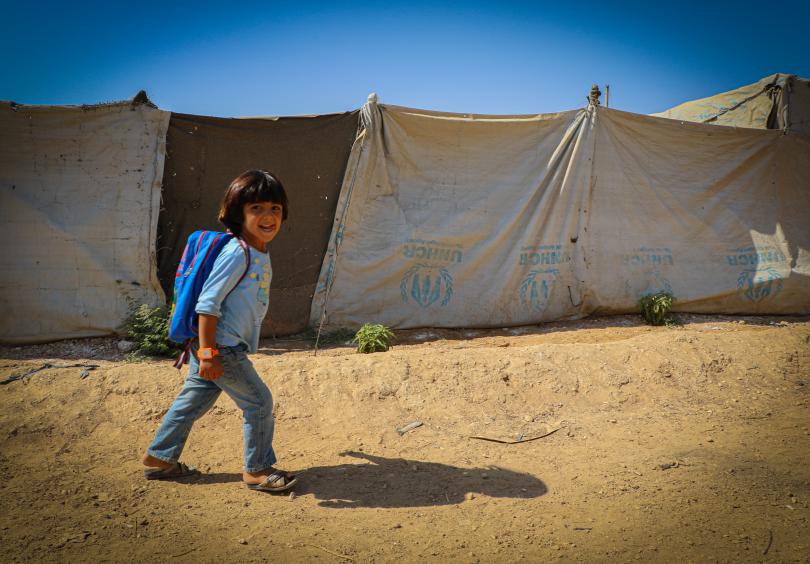
Save the Children has been there for Syrian children since the beginning. We are supporting children to get an education. We are supporting families. We are providing critical psychosocial support for children. Your monthly support means we can be there for as long as they need us.
